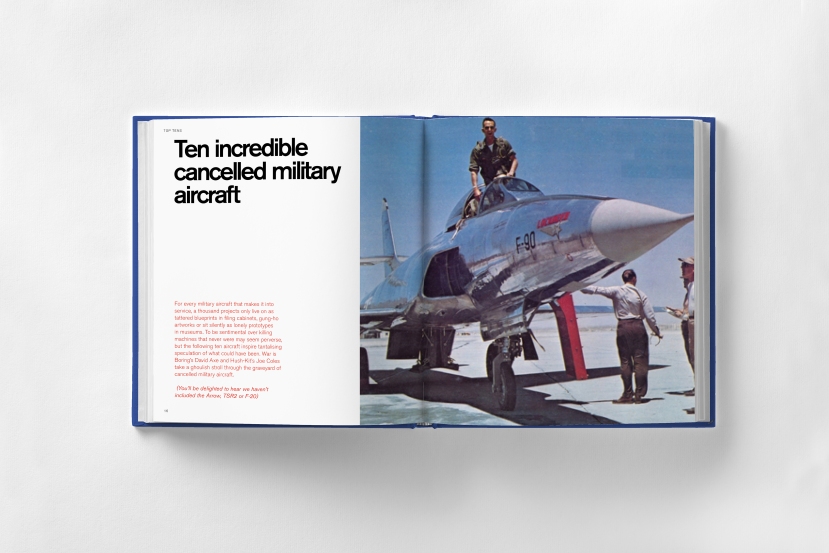The time US bombers attacked a live volcano

The interwar period was a time of revolutionary change in military aviation, the great advances in engines, materials and engineering lead many air forces to test out just what fighters and bombers could and couldn’t do. They might be able to render battleships vulnerable to land- and carrier-based aircraft, but they couldn’t tame volcanoes – as the US Army Air Corps found out in 1935.
The largest island in the Hawaiian chain, Hawai’i, has three active volcanoes, two of which erupted in the 20th century. In 1935 Mauna Loa became active, with its flows threatening the Hilo area, the largest city on the island and agricultural centre of the islands at that time.
While explosives had been tried on Italian lava flows going back to the 1660s, the US Army Air Corps, Hawaii Volcano Observatory and Corps of Engineers thought massed explosives on the ground might make the eruption worse, so they decided to bomb it from the air to divert the lava’s path. The director of the Hawai’i Volcano Observatory, Thomas A. Jaggar had long considered well placed high explosives to be a potential “solution” to lava flows and gas vents endangering populated and economically important areas. So when the 1935 flows started moving towards Hilo, he was the primary advocate for using Army assets in an experiment. His boss didn’t think it’d work, the Army crews didn’t think it would work and the bombs would just bounce off the ground. But the mission went ahead. On December 27, 1935, ten Keystone B-3 and B-4 bombers from Luke Field on Ford Island in the middle of Pearl Harbor flew the 200-odd miles to bomb the Humu‘ula lava flow. The bombers dropped 40 bombs, half were high explosive and the rest were WP smoke bombs to mark the impact points. Of the twenty high explosive bombs dropped, sixteen hit the target area and twelve hit the lava tunnel in question. For bombing during this era, that is quite accurate, hitting the broadside of a mountain and all that.


The mission was considered a success at the time, since the lava flow stopped six days later, with the Director Jagger saying “The Army in one day’s work has stopped a lava flow, which might have continued indefinitely, and have caused incalculable damage to forest, water resources, and city.” A survey of the lava field four years later reinforced this idea and so when there was another eruption on Hawai’i in 1942, bombers were used to attack the lava flow with similar results, the flow ended a few days after the bombing.
Research done in the 1970s by the USAF bombing volcanic tunnels with a variety of bombs from fighter-bombers (having to get rid of the Vietnam War stockpile somehow), showed that delayed fuze bombs might be able to collapse lava tunnels, but the effectiveness against active lava flows is questionable according to engineers and geologists.
Want to see more stories like this: Follow my vapour trail on Twitter: @Hush_kit

Preorder your copy today here.
From the cocaine, blood and flying scarves of World War One dogfighting to the dark arts of modern air combat, here is an enthralling ode to these brutally exciting killing machines.
The Hush-Kit Book of Warplanes is a beautifully designed, highly visual, collection of the best articles from the fascinating world of military aviation –hand-picked from the highly acclaimed Hush-kit online magazine (and mixed with a heavy punch of new exclusive material).
“the thinking-man’s Top Gear… but for planes”.
The solid well-researched information about aeroplanes is brilliantly combined with an irreverent attitude and real insight into the dangerous romantic world of combat aircraft.


Sadly, this site will pause operations if it does not hit its funding targets. If you’ve enjoyed an article you can donate here and keep this aviation site going. Many thanks
This great mission showing the power of man over nature has been memorialised in the unit insignia for the 23rd Bomb Squadron, now a B-52H squadron in chilly Minot North Dakota. And the bombings aren’t forgotten in Hawai’i as the empty casings from the smoke bombs are still being found, most recently in late February 2020. And the commander who decided that bombing a volcano was a good idea in 1935? Lt Colonel George S. Patton.
––– Mark Brueschke is an Aviation fan and geology hobbyist who grew up watching B-52s and B-1s constantly flying over while living by Minuteman silos


2 comments